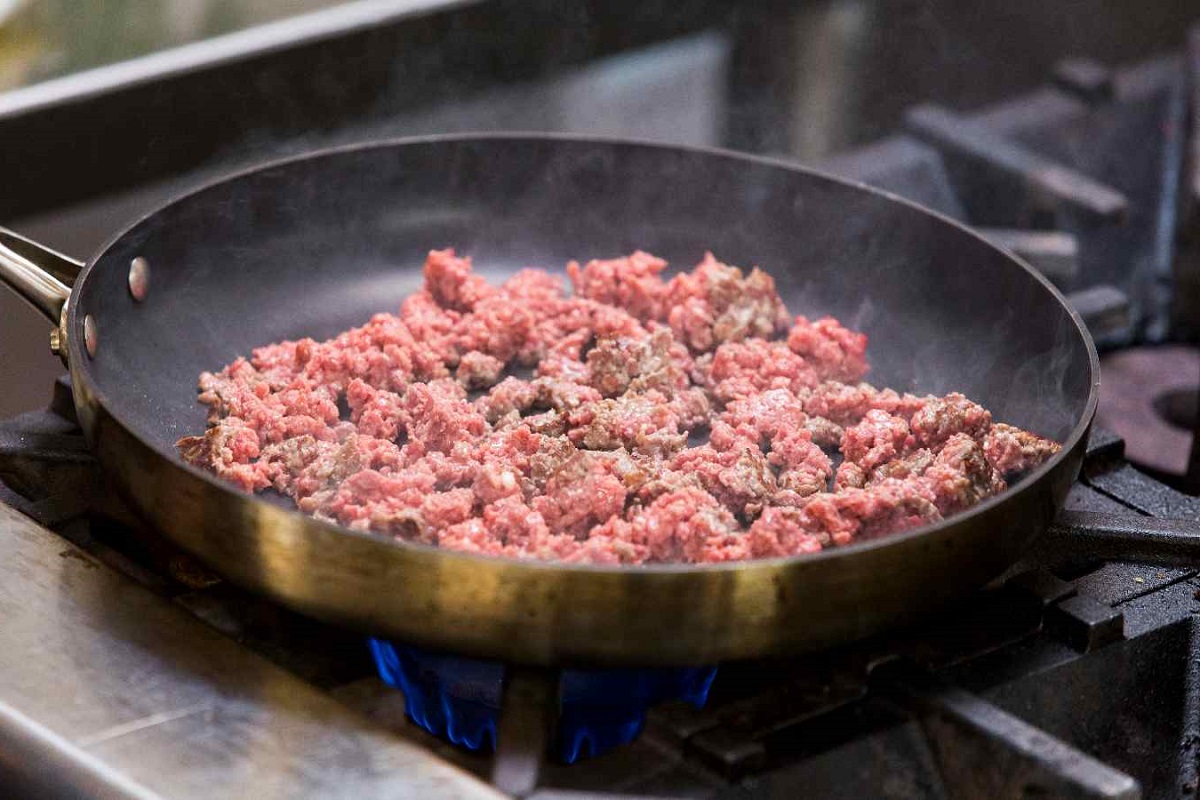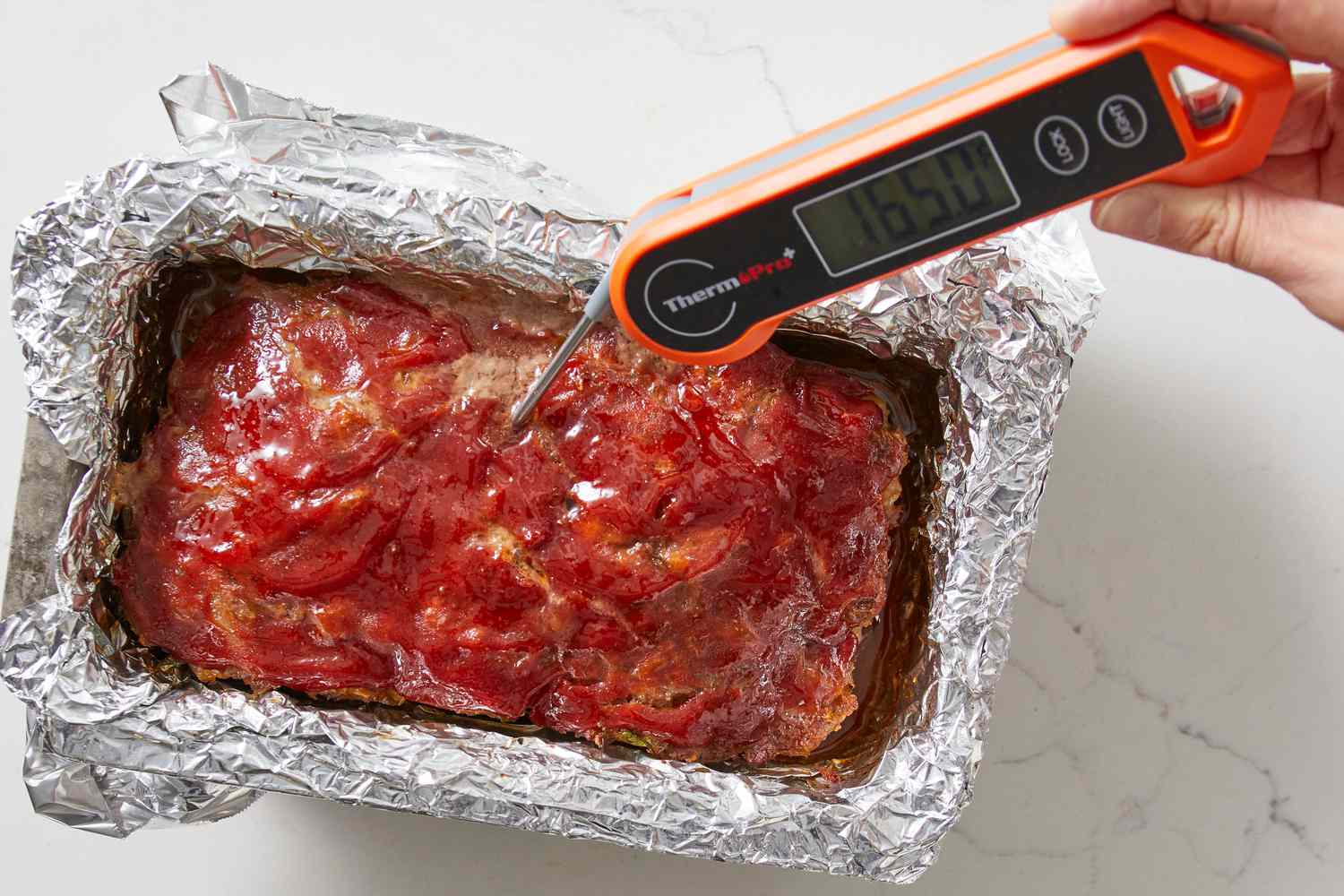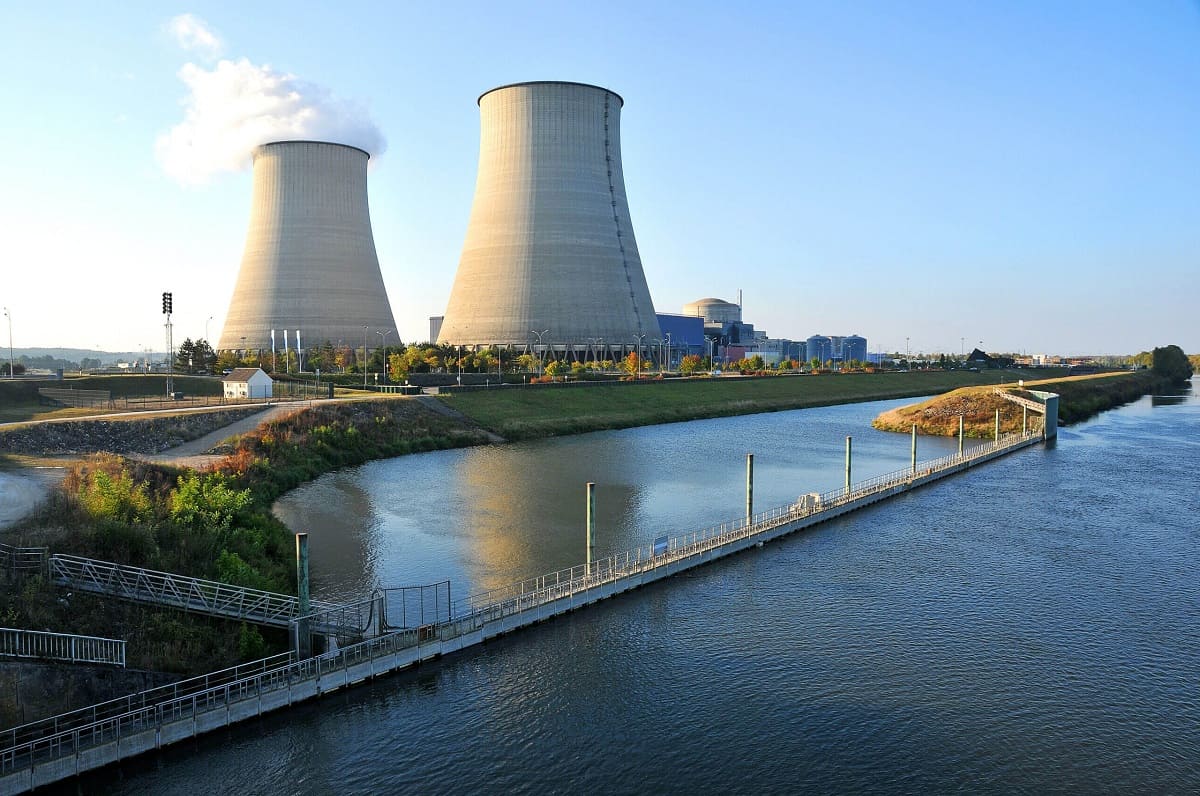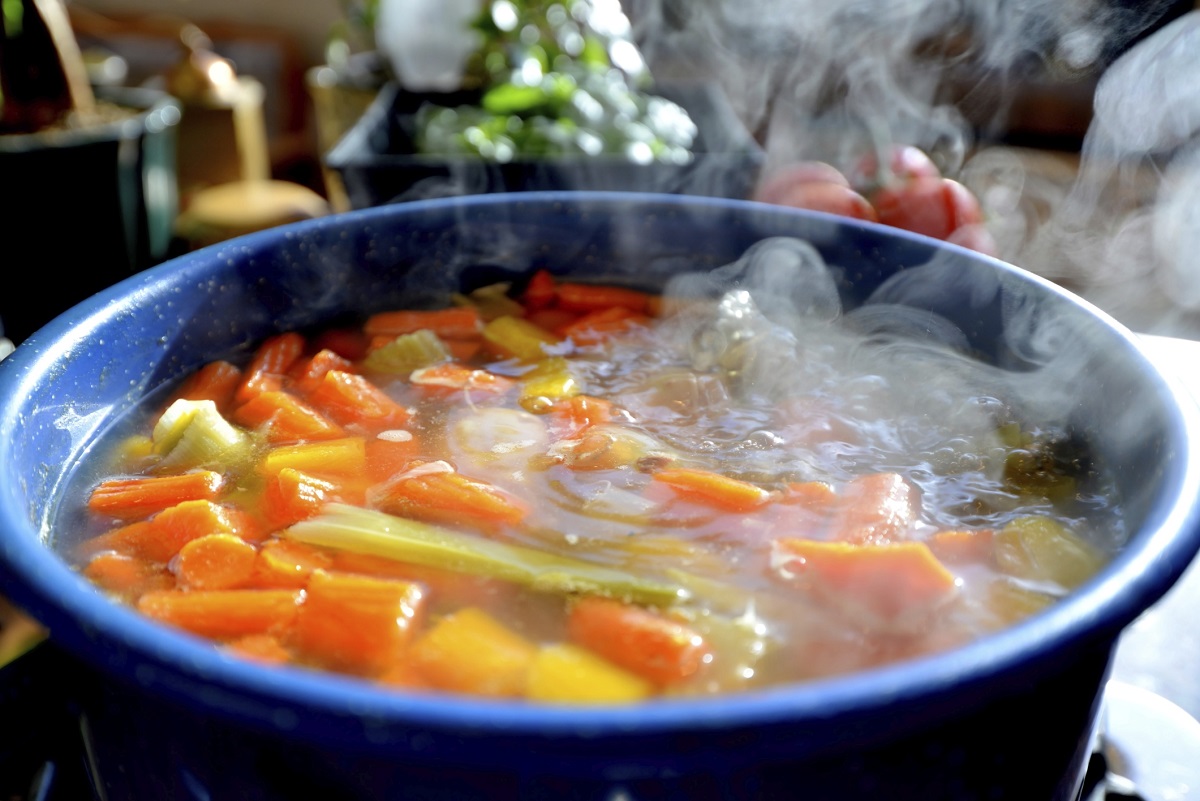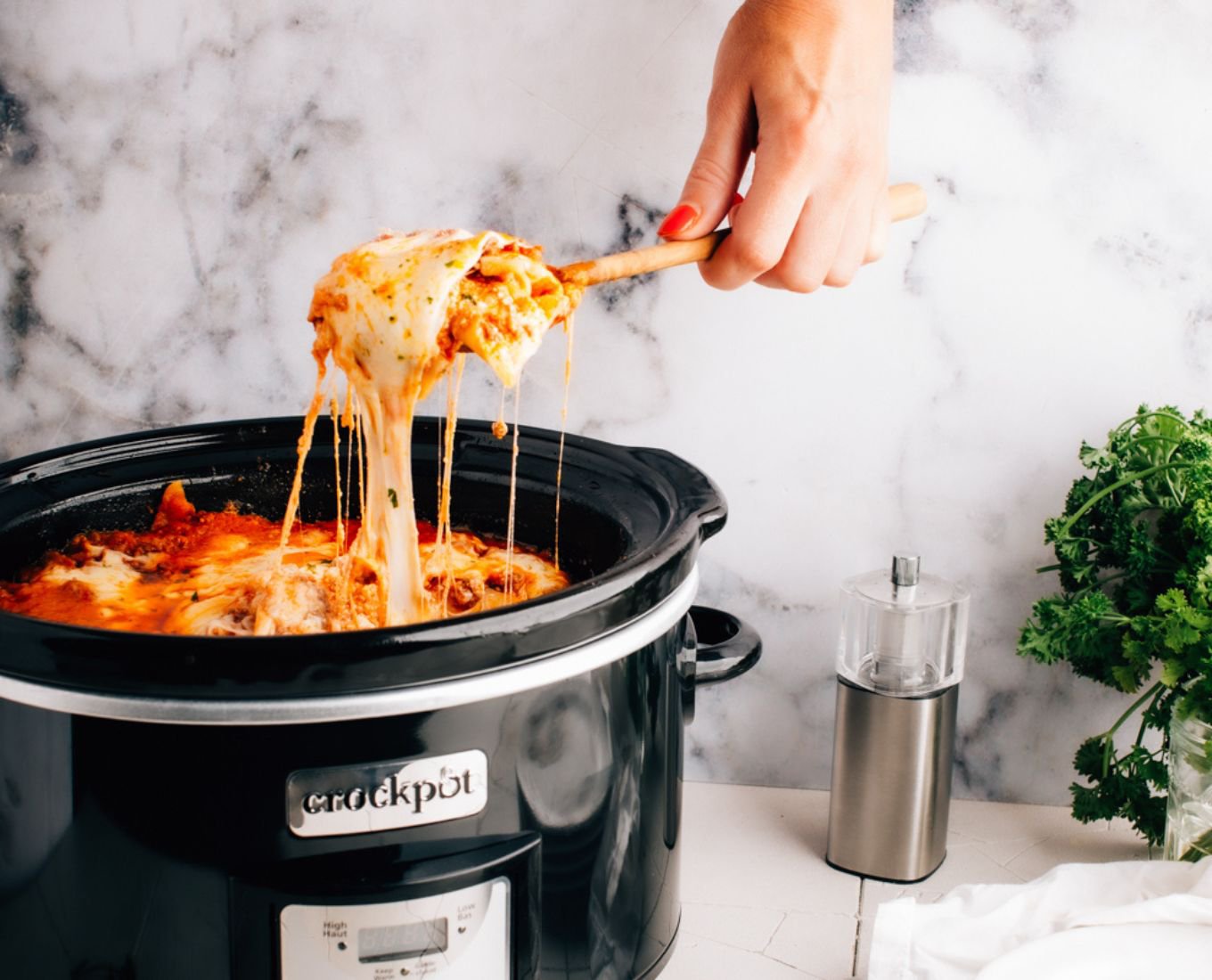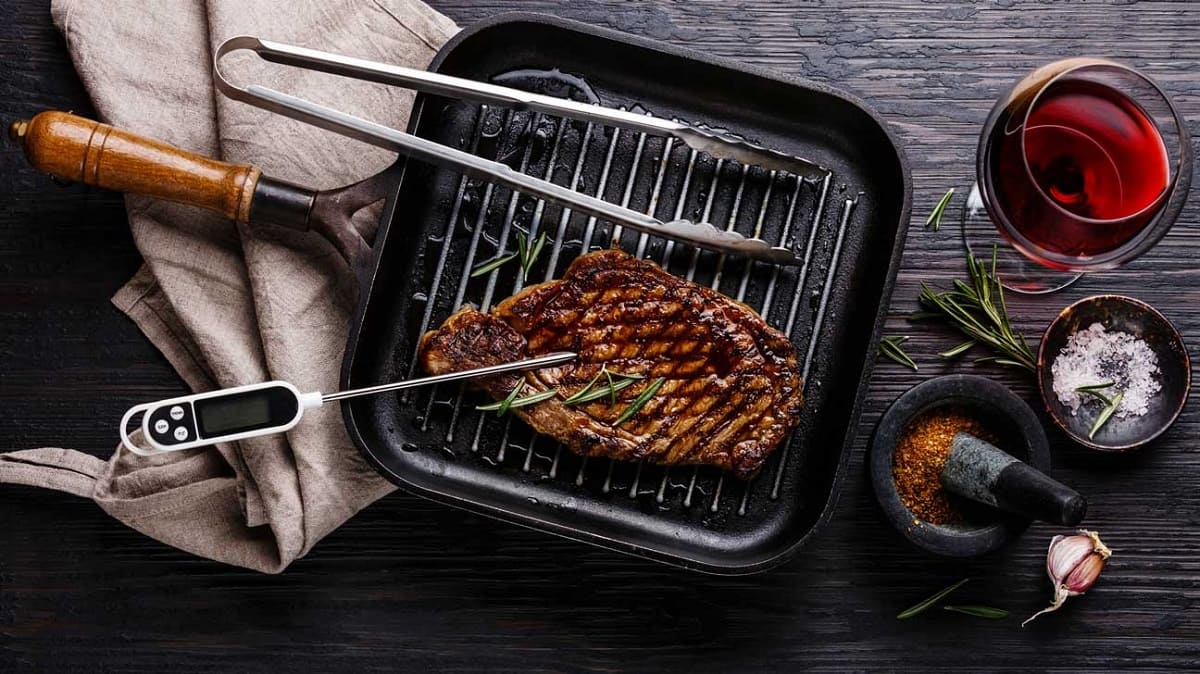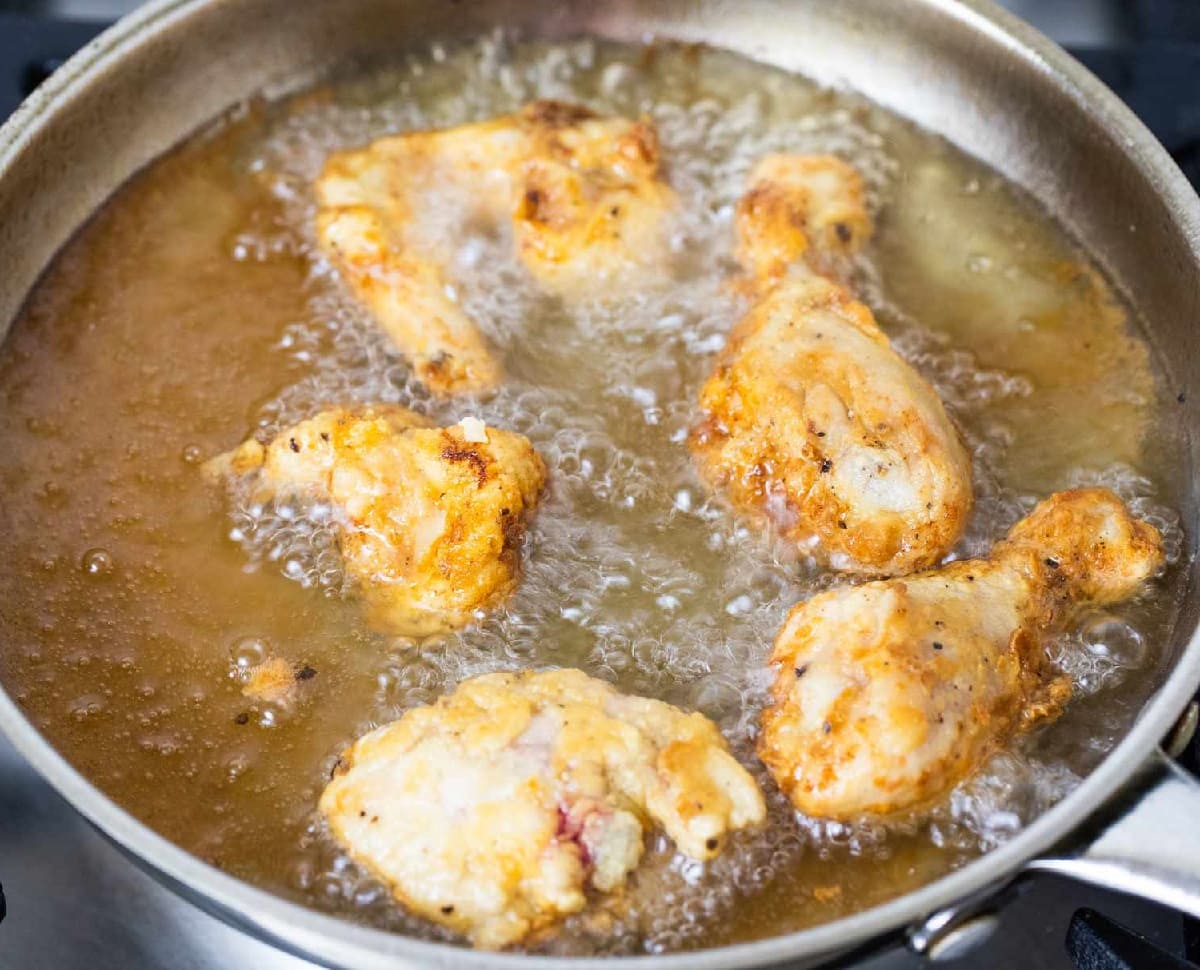Home>Home, Lifestyle & DIY>Optimal Temperature For Transplanting Plants: A Guide For Successful Planting
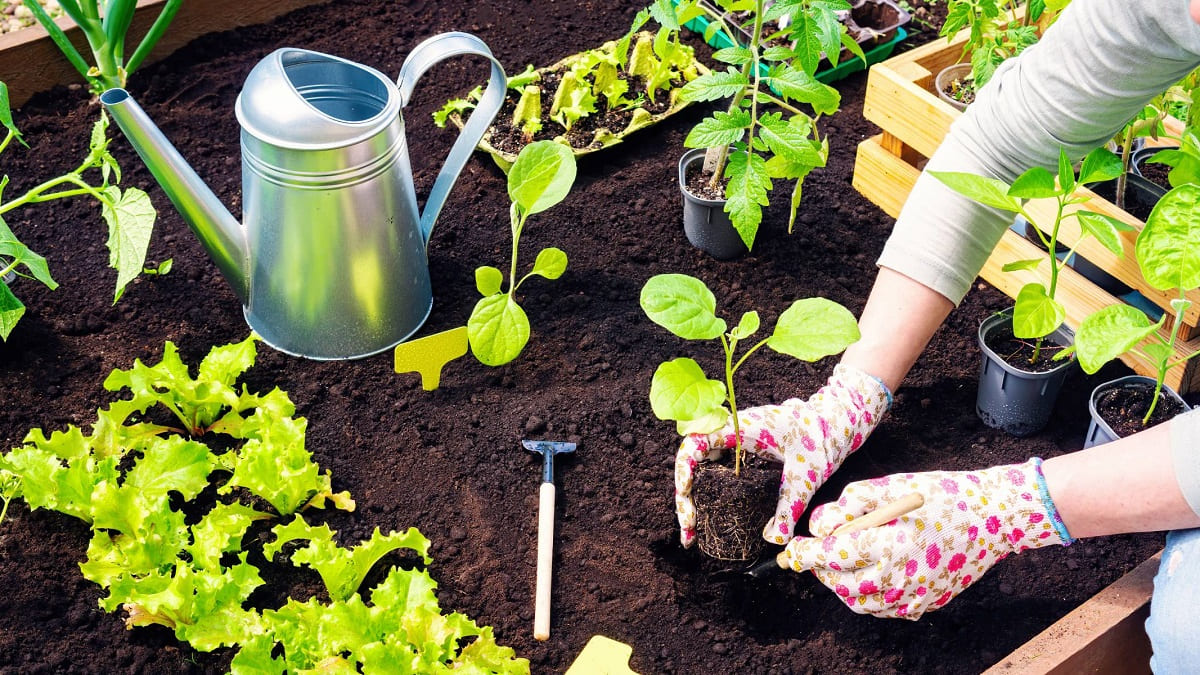

Home, Lifestyle & DIY
Optimal Temperature For Transplanting Plants: A Guide For Successful Planting
Published: February 21, 2024
Discover the ideal temperature for transplanting plants with our comprehensive guide. Ensure successful planting with expert tips and advice. Perfect for home, lifestyle, and DIY enthusiasts.
(Many of the links in this article redirect to a specific reviewed product. Your purchase of these products through affiliate links helps to generate commission for Temperatures.com, at no extra cost. Learn more)
Table of Contents
- Importance of Temperature in Transplanting Plants
- Factors Affecting Optimal Transplanting Temperature
- Understanding the Ideal Temperature Range for Different Types of Plants
- Tips for Monitoring and Adjusting Temperature during Transplanting
- Common Mistakes to Avoid in Regard to Temperature during Plant Transplanting
Importance of Temperature in Transplanting Plants
Temperature plays a pivotal role in the successful transplantation of plants. It directly impacts the ability of plants to establish themselves in a new environment and influences their overall health and growth. Understanding the significance of temperature in this process is crucial for ensuring the optimal conditions for plant survival.
When plants are transplanted, they experience a level of stress as they adapt to their new surroundings. Temperature greatly influences how well plants can cope with this stress. Extreme temperatures, whether too high or too low, can hinder the plant's ability to recover from the shock of transplantation.
Moreover, temperature affects the rate of water evaporation from the plant's leaves, which in turn impacts its hydration levels. In colder temperatures, plants may struggle to absorb water from the soil, leading to dehydration. On the other hand, excessive heat can accelerate water loss, causing the plant to wilt and potentially suffer from heat stress.
Furthermore, temperature influences the activity of microorganisms in the soil, which are essential for nutrient cycling and root development. Extreme temperatures can disrupt the delicate balance of the soil ecosystem, affecting the availability of essential nutrients for the transplanted plants.
In addition, temperature directly impacts the metabolic processes within the plant. Enzyme activity, photosynthesis, and respiration are all influenced by temperature, and any significant fluctuations can disrupt these vital processes, ultimately affecting the plant's overall health and growth.
In essence, the temperature during transplanting can make or break the success of the process. It is crucial to create an environment that promotes the plant's ability to recover and thrive in its new location. By understanding the impact of temperature on transplanted plants, gardeners and homeowners can take proactive measures to ensure that the temperature remains within the optimal range for the specific plants being transplanted.
Read more: Optimal Temperature For Baking Bread
Factors Affecting Optimal Transplanting Temperature
The optimal temperature for transplanting plants is influenced by a myriad of factors that collectively determine the success of the transplantation process. Understanding these factors is essential for creating an environment that fosters the healthy establishment of transplanted plants.
-
Plant Species and Varieties: Different plant species and varieties have varying temperature preferences. Some plants thrive in cooler temperatures, while others prefer warmer conditions. It is crucial to research the specific temperature requirements of the plants being transplanted to ensure that they are placed in an environment conducive to their growth.
-
Seasonal Considerations: The time of year during which the transplantation occurs significantly impacts the optimal temperature. Spring and fall are generally ideal for transplanting, as they offer milder temperatures that are conducive to plant recovery. Extreme heat in the summer or freezing temperatures in the winter can pose challenges for transplanted plants.
-
Local Climate: The local climate of the transplanting site plays a crucial role in determining the optimal temperature. Factors such as average temperature ranges, humidity levels, and the likelihood of temperature fluctuations should be taken into account. Understanding the local climate helps in making informed decisions regarding the timing of plant transplantation.
-
Soil Temperature: The temperature of the soil in which the plants are being transplanted is equally important. Cold soil can hinder root development and nutrient uptake, while excessively warm soil can stress the plants. Monitoring the soil temperature and ensuring it aligns with the optimal range for the specific plants being transplanted is essential for their successful establishment.
-
Microclimate: The microclimate of the transplanting site, which refers to the unique climate conditions within a specific area, can significantly impact the optimal transplanting temperature. Factors such as sunlight exposure, wind patterns, and the presence of heat-retaining structures can create microclimatic variations that influence the temperature experienced by transplanted plants.
-
Temperature Fluctuations: Sudden and extreme temperature fluctuations can be detrimental to transplanted plants. It is essential to consider the potential for rapid temperature changes, especially in regions known for unpredictable weather patterns. Providing protection against abrupt temperature shifts can help mitigate the stress experienced by transplanted plants.
By considering these factors, gardeners and homeowners can make informed decisions regarding the optimal temperature for transplanting plants, thereby increasing the likelihood of successful establishment and long-term growth. Each factor plays a crucial role in creating a favorable environment for transplanted plants to thrive, highlighting the intricate relationship between temperature and the successful transplantation of plants.
Understanding the Ideal Temperature Range for Different Types of Plants
The ideal temperature range for transplanting plants varies significantly depending on the specific types of plants involved. Understanding the temperature preferences of different plant species is crucial for ensuring their successful establishment and long-term growth in a new environment.
Temperature Preferences by Plant Types
-
Cool-Season Plants: Plants such as lettuce, spinach, and kale thrive in cooler temperatures. The ideal temperature range for transplanting these cool-season plants typically falls between 45°F and 65°F (7°C to 18°C). These plants are well-suited for spring and fall transplanting when the temperatures are mild and conducive to their growth.
-
Warm-Season Plants: Conversely, warm-season plants, including tomatoes, peppers, and cucumbers, prefer warmer temperatures. The optimal temperature range for transplanting these plants generally ranges from 60°F to 80°F (16°C to 27°C). Transplanting these plants during the late spring or early summer allows them to benefit from the warmth essential for their growth.
-
Tropical Plants: Tropical plants, such as orchids and certain varieties of palms, thrive in consistently warm temperatures. For these plants, the ideal temperature range for transplantation typically exceeds 70°F (21°C). Ensuring a stable and warm environment is essential for the successful transplantation of tropical plants.
-
Cold-Hardy Plants: Plants that are cold-hardy, such as certain varieties of evergreens and conifers, have specific temperature preferences. These plants can withstand colder temperatures and are often transplanted in the late fall or early winter when the temperatures are cooler, typically ranging from 30°F to 50°F (-1°C to 10°C).
Microclimatic Considerations
In addition to the general temperature preferences of plant types, microclimatic variations within the transplanting site must be taken into account. Microclimates, influenced by factors such as sunlight exposure, wind patterns, and the presence of heat-retaining structures, can create localized temperature variations that directly impact the plants.
For instance, a south-facing garden bed may experience higher temperatures due to increased sunlight exposure, making it suitable for warm-season plants. Conversely, a shaded area with limited sunlight may provide a cooler microclimate, ideal for cool-season plants.
Adapting to Local Climate
Understanding the local climate and its seasonal temperature patterns is essential for determining the optimal timing for plant transplantation. By aligning the transplanting process with the natural temperature fluctuations of the region, gardeners can maximize the chances of successful establishment and minimize the stress experienced by the transplanted plants.
In essence, the ideal temperature range for different types of plants is a critical consideration when planning for successful transplantation. By tailoring the transplanting process to align with the temperature preferences of specific plant types and the microclimatic variations within the transplanting site, gardeners can create an environment that promotes the healthy establishment and long-term growth of transplanted plants.
Tips for Monitoring and Adjusting Temperature during Transplanting
-
Utilize Thermometers: Place thermometers in the transplanting area to monitor the ambient temperature. Digital thermometers with remote sensors are particularly useful for accurately gauging temperature variations at different locations within the transplanting site.
-
Monitor Soil Temperature: Use soil thermometers to track the temperature of the soil at the root level. This provides crucial insights into the conditions experienced by the transplanted plants, as soil temperature directly influences root development and nutrient uptake.
-
Shade and Mulch: During transplanting, utilize shade cloth or temporary shading structures to protect the plants from excessive heat. Additionally, applying a layer of organic mulch around the base of transplanted plants helps regulate soil temperature and moisture levels, creating a conducive environment for their establishment.
-
Watering Practices: Adjust watering schedules based on temperature fluctuations. In hotter conditions, increase the frequency of watering to ensure adequate moisture levels, while in cooler temperatures, reduce watering to prevent waterlogging, which can impede root development.
-
Seasonal Transplanting: Plan the transplanting process to align with the optimal temperature range for specific plant types. For example, transplant warm-season plants during the late spring or early summer when temperatures are favorable for their growth, while cool-season plants thrive when transplanted in the spring or fall.
-
Microclimate Awareness: Be mindful of microclimatic variations within the transplanting site. Position heat-sensitive plants in areas with partial shade or cooler microclimates, while ensuring that heat-loving plants receive adequate sunlight for optimal growth.
-
Adjusting Transplanting Times: In regions with extreme temperature fluctuations, consider transplanting early in the morning or late in the afternoon to minimize the stress on plants caused by intense midday heat. This strategic timing allows the plants to acclimate gradually to their new environment.
-
Protective Barriers: Erect temporary windbreaks or barriers to shield transplanted plants from strong winds, which can exacerbate temperature stress. This is particularly important for delicate seedlings and young transplants that are more susceptible to wind damage.
-
Observation and Adaptation: Regularly observe the response of transplanted plants to the ambient temperature and make necessary adjustments. Visual cues such as wilting or leaf scorching indicate temperature-related stress, prompting the need for immediate intervention.
-
Season Extension Techniques: For regions with shorter growing seasons, consider employing season extension techniques such as row covers or cold frames to create a controlled microclimate that supports optimal temperature conditions for transplanted plants.
By implementing these monitoring and adjustment strategies, gardeners can effectively mitigate the impact of temperature fluctuations during the transplanting process, fostering an environment that promotes the healthy establishment and sustained growth of transplanted plants.
Common Mistakes to Avoid in Regard to Temperature during Plant Transplanting
Transplanting plants is a delicate process that requires careful attention to temperature-related factors. Avoiding common mistakes associated with temperature during plant transplantation is crucial for ensuring the successful establishment and long-term health of transplanted plants. By being mindful of these potential pitfalls, gardeners can proactively create an environment that supports the resilience and growth of transplanted vegetation.
Mistake 1: Ignoring Microclimatic Variations
Overlooking microclimatic variations within the transplanting site is a common oversight that can lead to temperature-related stress for transplanted plants. Failure to consider factors such as sunlight exposure, wind patterns, and heat-retaining structures can result in plants being exposed to suboptimal temperature conditions. It is essential to assess the microclimatic nuances of the transplanting area and strategically position plants to align with their temperature preferences.
Mistake 2: Inadequate Soil Temperature Monitoring
Neglecting to monitor soil temperature during plant transplantation can have detrimental effects on the establishment of transplanted vegetation. Soil temperature directly impacts root development and nutrient uptake, making it essential to track and adjust soil temperature as needed. Without proper monitoring, plants may struggle to acclimate to the soil environment, leading to stunted growth and diminished resilience.
Mistake 3: Improper Timing of Transplanting
Failing to time the transplanting process according to the optimal temperature range for specific plant types is a critical mistake. Transplanting warm-season plants during periods of excessive heat or cool-season plants during unseasonably cold spells can significantly impede their ability to thrive. By aligning the transplanting schedule with the natural temperature fluctuations of the region, the stress on transplanted plants can be minimized, increasing their chances of successful establishment.
Mistake 4: Overlooking Protective Measures
Disregarding the need for protective measures against temperature extremes is a common error during plant transplantation. Without adequate shading, mulching, or wind protection, transplanted plants are vulnerable to heat stress, dehydration, and wind damage. Implementing protective barriers and shading structures is essential for creating a stable microclimate that buffers the impact of temperature fluctuations on transplanted vegetation.
Mistake 5: Neglecting Adaptation and Observation
Failing to adapt to temperature-related challenges during the transplanting process can hinder the successful establishment of transplanted plants. Neglecting to observe the response of plants to ambient temperature and make necessary adjustments can prolong their recovery period and compromise their long-term health. Regular observation and proactive adaptation to temperature-related stressors are essential for mitigating potential setbacks.
Read more: Optimal Temperature For A Medium Rare Steak
Mistake 6: Inconsistent Watering Practices
Inconsistent watering practices, influenced by temperature fluctuations, can disrupt the hydration levels of transplanted plants. Overwatering in cooler temperatures or underwatering in hotter conditions can exacerbate the stress experienced by transplanted vegetation. Adhering to a well-calibrated watering schedule that considers temperature variations is crucial for maintaining optimal soil moisture levels and supporting the recovery of transplanted plants.
Mistake 7: Disregarding Seasonal Considerations
Disregarding seasonal temperature patterns and the associated impact on plant transplantation can lead to suboptimal outcomes. Failing to account for seasonal temperature fluctuations may result in plants being transplanted during periods of extreme heat or cold, compromising their ability to acclimate and thrive. By aligning the transplanting process with the most favorable seasonal conditions, the stress on transplanted plants can be minimized.
Mistake 8: Lack of Temperature Adjustment Strategies
Neglecting to implement temperature adjustment strategies during the transplanting process can leave transplanted plants vulnerable to temperature-related stress. Without proactive measures such as shading, mulching, and strategic positioning, plants may struggle to acclimate to their new environment, hindering their overall resilience and growth. Having a comprehensive plan for temperature adjustment is essential for creating a supportive environment for transplanted vegetation.
By avoiding these common mistakes and prioritizing temperature considerations during plant transplantation, gardeners can significantly enhance the likelihood of successful establishment and sustained growth for transplanted plants. Proactive temperature management is integral to the overall health and resilience of transplanted vegetation, underscoring the importance of meticulous attention to temperature-related factors throughout the transplanting process.
